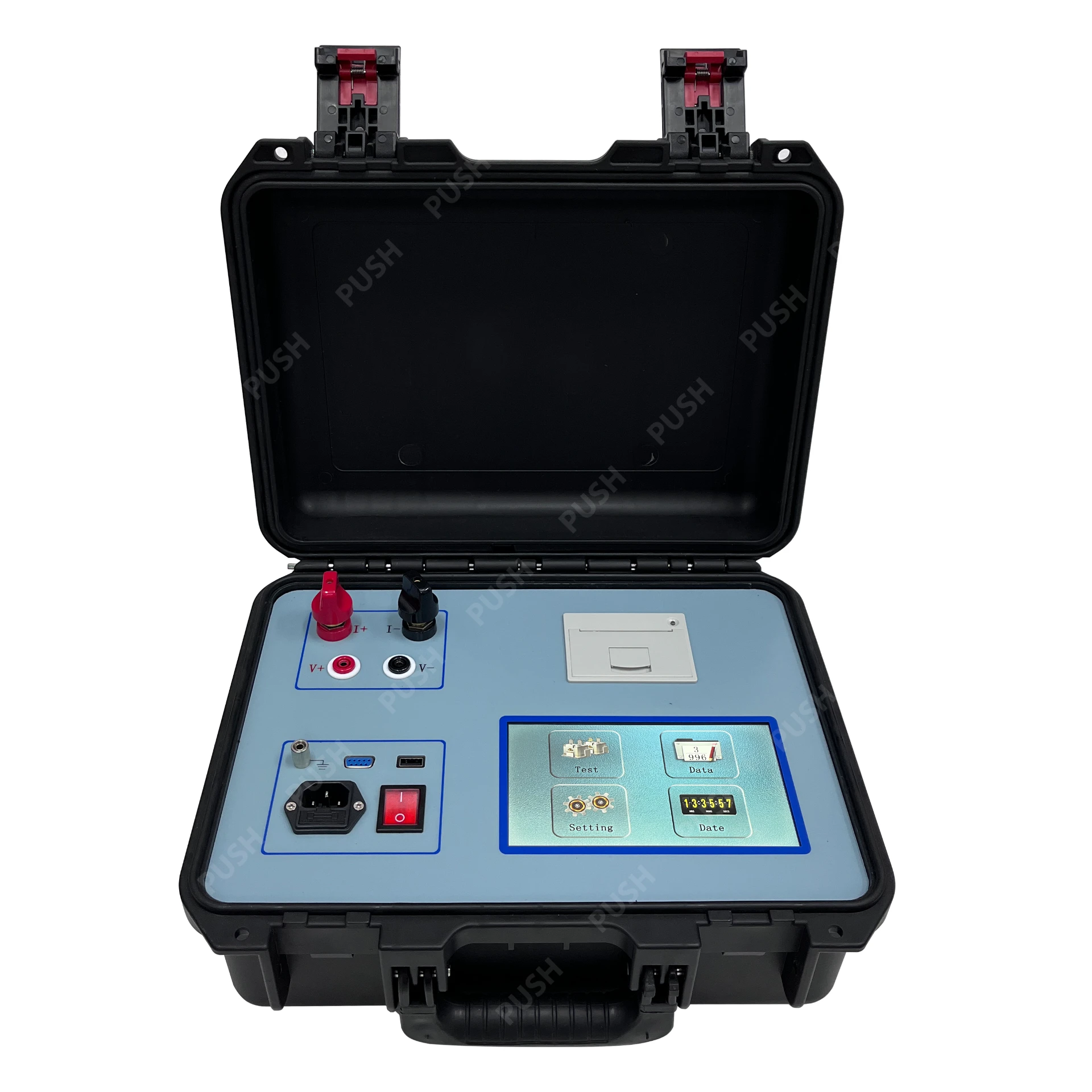 English
English



-
 Afrikaans
Afrikaans -
 Albanian
Albanian -
 Amharic
Amharic -
 Arabic
Arabic -
 Armenian
Armenian -
 Azerbaijani
Azerbaijani -
 Basque
Basque -
 Belarusian
Belarusian -
 Bengali
Bengali -
 Bosnian
Bosnian -
 Bulgarian
Bulgarian -
 Catalan
Catalan -
 Cebuano
Cebuano -
 China
China -
 China (Taiwan)
China (Taiwan) -
 Corsican
Corsican -
 Croatian
Croatian -
 Czech
Czech -
 Danish
Danish -
 Dutch
Dutch -
 English
English -
 Esperanto
Esperanto -
 Estonian
Estonian -
 Finnish
Finnish -
 French
French -
 Frisian
Frisian -
 Galician
Galician -
 Georgian
Georgian -
 German
German -
 Greek
Greek -
 Gujarati
Gujarati -
 Haitian Creole
Haitian Creole -
 hausa
hausa -
 hawaiian
hawaiian -
 Hebrew
Hebrew -
 Hindi
Hindi -
 Miao
Miao -
 Hungarian
Hungarian -
 Icelandic
Icelandic -
 igbo
igbo -
 Indonesian
Indonesian -
 irish
irish -
 Italian
Italian -
 Japanese
Japanese -
 Javanese
Javanese -
 Kannada
Kannada -
 kazakh
kazakh -
 Khmer
Khmer -
 Rwandese
Rwandese -
 Korean
Korean -
 Kurdish
Kurdish -
 Kyrgyz
Kyrgyz -
 Lao
Lao -
 Latin
Latin -
 Latvian
Latvian -
 Lithuanian
Lithuanian -
 Luxembourgish
Luxembourgish -
 Macedonian
Macedonian -
 Malgashi
Malgashi -
 Malay
Malay -
 Malayalam
Malayalam -
 Maltese
Maltese -
 Maori
Maori -
 Marathi
Marathi -
 Mongolian
Mongolian -
 Myanmar
Myanmar -
 Nepali
Nepali -
 Norwegian
Norwegian -
 Norwegian
Norwegian -
 Occitan
Occitan -
 Pashto
Pashto -
 Persian
Persian -
 Polish
Polish -
 Portuguese
Portuguese -
 Punjabi
Punjabi -
 Romanian
Romanian -
 Russian
Russian -
 Samoan
Samoan -
 Scottish Gaelic
Scottish Gaelic -
 Serbian
Serbian -
 Sesotho
Sesotho -
 Shona
Shona -
 Sindhi
Sindhi -
 Sinhala
Sinhala -
 Slovak
Slovak -
 Slovenian
Slovenian -
 Somali
Somali -
 Spanish
Spanish -
 Sundanese
Sundanese -
 Swahili
Swahili -
 Swedish
Swedish -
 Tagalog
Tagalog -
 Tajik
Tajik -
 Tamil
Tamil -
 Tatar
Tatar -
 Telugu
Telugu -
 Thai
Thai -
 Turkish
Turkish -
 Turkmen
Turkmen -
 Ukrainian
Ukrainian -
 Urdu
Urdu -
 Uighur
Uighur -
 Uzbek
Uzbek -
 Vietnamese
Vietnamese -
 Welsh
Welsh -
 Bantu
Bantu -
 Yiddish
Yiddish -
 Yoruba
Yoruba -
 Zulu
Zulu
Comprehensive Transformer Testing Solutions
Understanding the PI Test of Transformers
The PI test, or Power Factor Insulation test, is a critical diagnostic tool used in evaluating the insulation condition of electrical transformers. As transformers are essential components in power distribution, ensuring their operational integrity is paramount. The PI test assists in identifying potential insulation failures that could lead to unscheduled outages or catastrophic failures.
What is the PI Test?
The PI test involves measuring the insulation resistance of the transformer windings and comparing it to the power factor, or dissipation factor, of the insulation material. This procedure primarily assesses the quality of insulation under high voltage, providing insights into its effectiveness and durability. During the test, a high DC voltage (typically in the range of 2500 to 5000 volts) is applied to the transformer windings, and the resultant current flow is measured. The relationship between voltage and current helps calculate the insulation resistance.
Importance of the PI Test
1. Early Detection of Insulation Issues The PI test can reveal weaknesses in the insulation before they develop into serious problems. A sudden drop in insulation resistance or a high power factor can indicate moisture ingress, contamination, or aging of the insulation materials.
2. Preventive Maintenance Regular PI testing can form a part of a transformer’s preventive maintenance program. By monitoring insulation health over time, operators can make informed decisions about repairs or replacements, thereby enhancing the reliability and lifespan of the transformer.
pi test of transformer

3. Compliance with Standards Many industry standards and regulations require insulation testing as part of routine maintenance. Conducting PI tests helps organizations demonstrate adherence to these standards, ensuring safety and reliability in power systems.
Interpreting PI Test Results
The results of a PI test are usually interpreted in the context of both insulation resistance and power factor values. A high insulation resistance reading (typically above 1 MΩ, though this can vary depending on transformer specifications) generally indicates good insulation health. Conversely, a lower resistance or a high power factor may necessitate further investigation or remediation.
It is also crucial to compare current results with historical data. A decreasing trend in insulation resistance over time can indicate a deterioration of the insulation system, prompting actions such as drying out the insulation or replacing components.
Conclusion
The PI test is an invaluable tool in maintaining the reliability of transformers. It provides essential information about the insulation condition and helps in planning effective maintenance strategies. By prioritizing regular PI testing, utilities can avoid costly repairs, enhance system reliability, and ensure the longevity of transformers, which play a vital role in electrical distribution networks.
-
Testing Equipment Industry Sees Major Advancements in 2025: Smart & Precision Technologies Lead the WayNewsJun.06,2025
-
Applications of Direct Current Generators in Renewable Energy SystemsNewsJun.05,2025
-
Hipot Tester Calibration and Accuracy GuidelinesNewsJun.05,2025
-
Digital Circuit Breaker Analyzer Features and BenefitsNewsJun.05,2025
-
Benefits of Real-Time Power Quality Monitoring Devices for Industrial EfficiencyNewsJun.05,2025
-
Earth Fault Loop Testing in High-Rise Building Electrical SystemsNewsJun.05,2025



